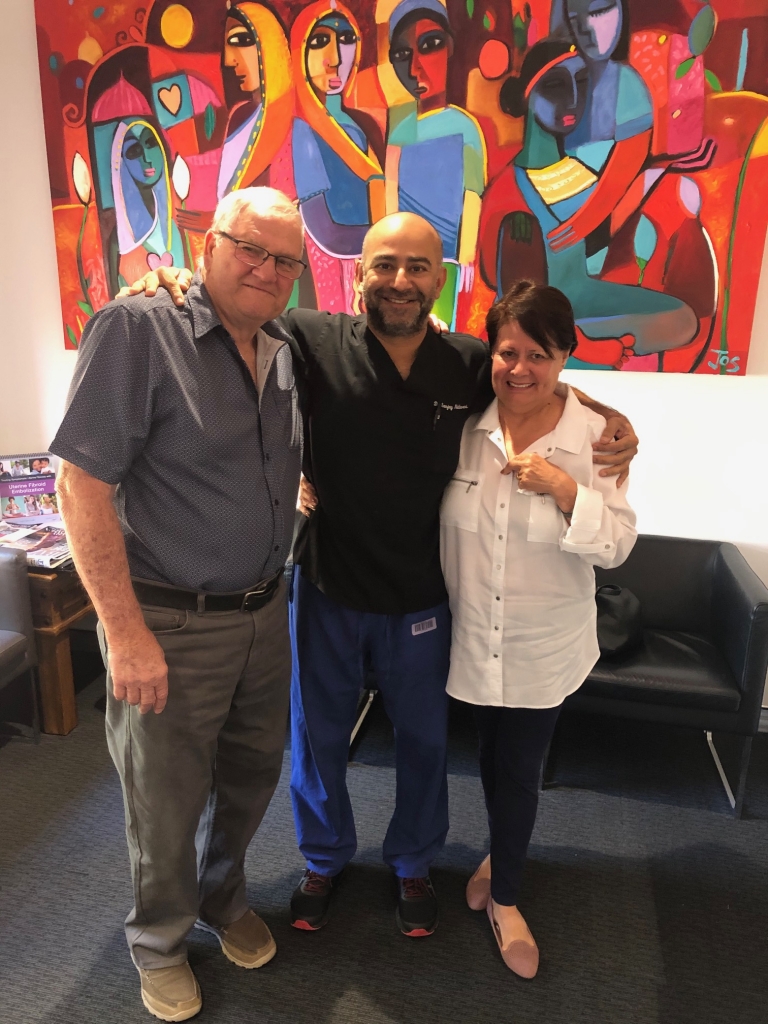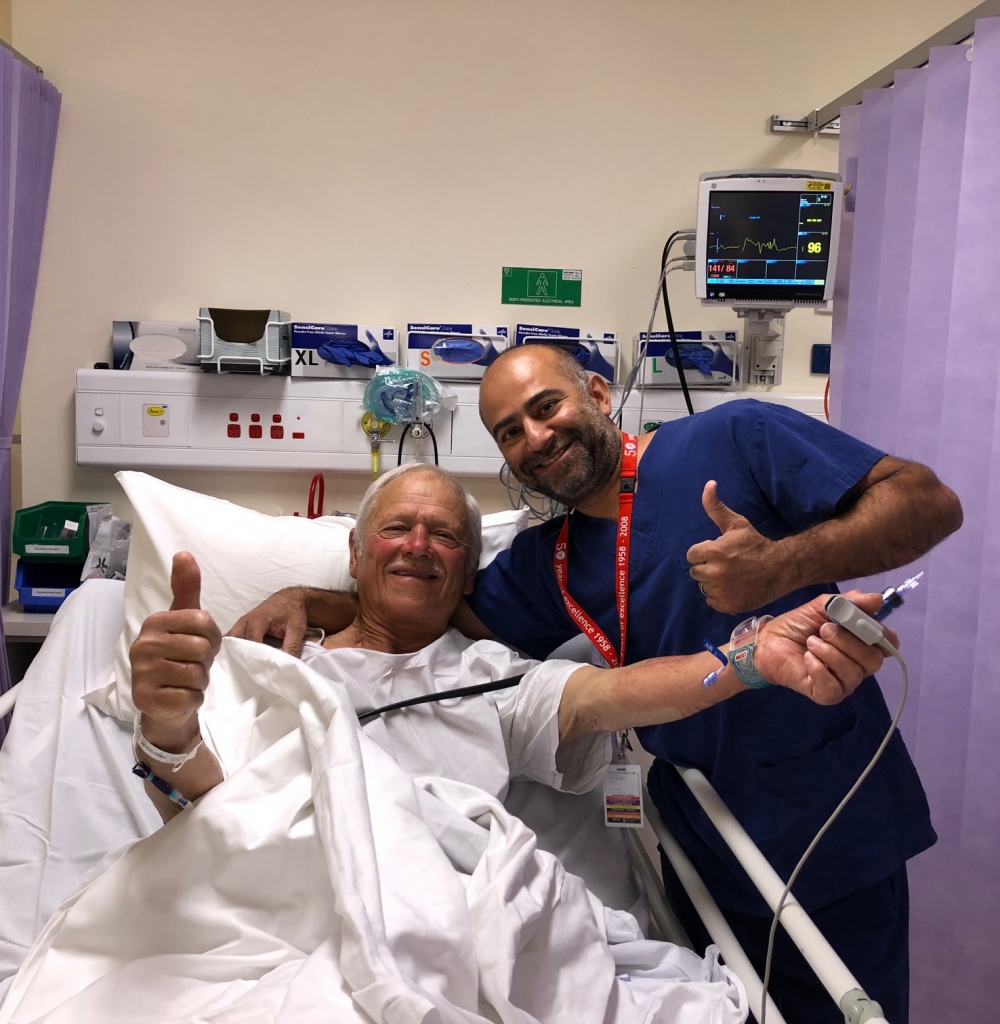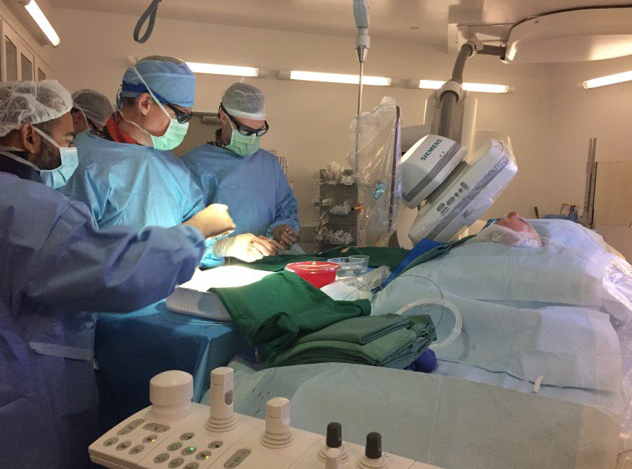Benign Prostatic Hyperplasia (BPH)- What is it?
Benign Prostatic Hyperplasia, also called benign prostatic hypertrophy or enlarged prostate, is one of the common prostate problems in men older than 50.
BPH is a disease where most patients develop an abnormally enlarged prostate, which affects the urinary and reproductive systems. As we age so does the probability of developing benign prostatic hyperplasia and it is common thought that all men will eventually develop it if they live long enough.
Despite carrying with it some quality of life reducing symptoms, benign prostatic hyperplasia is non-cancerous and non-life threatening.
This short video explains BPH in a concise and easily understandable manner.
Benign Prostatic Hyperplasia (Enlarged Prostate) – Symptoms
As the prostate enlarges, it obstructs the urethra and consequently affects the urine flow. Patients may experience symptoms such as;
- frequent or urgent need to urinate,
- difficulty initiating the urinary stream (hesitancy),
- interrupted or weak urine stream,
- inability to empty the bladder completely,
- feeling of persistent residual urine,
- needing to strain or push to initiate and maintain urination,
- increased urination at night (nocturnia)
- decreased force of stream,
- and loss of small amounts of urine due to a poor urinary stream (dribbling).
Benign Prostatic Hyperplasia – Treatment Options
The non surgical treatment, Prostate Artery Embolisation (or PAE) can relieve urinary problems associated with Benign Prostatic Hyperplasia without major side effects in the long term.
What is Prostate Artery Embolisation?
Prostate Artery Embolisation is a minimally invasive, non-surgical way of treating an enlarged and troublesome prostate by blocking off the arteries that feed the gland and making it shrink. It is performed by an interventional radiologist, rather than a surgeon, and is an alternative to a TURP (trans urethral resection of prostate) operation and oral medical treatment.
PAE is a minimally invasive treatment for BPH through a tiny pinhole in your wrist and can be performed as a day case procedure in an angiography suite. Because PAE is not surgery — like other BPH treatments — patients require less time for recovery and, in most cases, can return home just a few hours after the therapy.
For more information on Prostate Artery Embolisation please visit our page on the procedure by clicking here.
Prostate Artery Embolisation – Thursday 26th of September 2019 – Sir Charles Gairdner Hospital
Dr Sanjay Nadkarni performed the first two prostate artery embolisations for Sir Charles Gairdner Hospital on Thursday the 26th of September 2019. Our patients have expressed great satisfaction with regards to their results so far and a big improvement in their quality of life. Performed with Dr Shaun Samuelson, Dr Glen Schlaphoff and great team of nurses , radiographers and support workers at SCGH.


Case Study – Liverpool Hospital, Sydney
After attending the Prostate Artery Embolisation workshop in Brisbane in March, Dr Sanjay Nadkarni flew to Sydney with one of his patients from Perth who travelled specifically for treatment of Benign Prostatic Hyperplasia. Dr Nadkarni, along with Interventional Radiologists Dr Glen Schlaphoff and Dr Jules Catt from Liverpool Hospital, successfully performed a Prostate Artery Embolisation on the patient who was very pleased with the results and minimal down time post procedure.


If you have any queries regarding this condition or procedure, please don’t hesitate to contact our practice for a consultation with Dr Nadkarni on 08 9284 2900 for more information.
Patient Information Downloads
Benign Prostatic Hyperplasia Patient Information Download
Benign Prostastic Hyperplasia Patient Summary Download
For the Doctors
Benign Prostatic Hyperplasia – Clinical Biography
